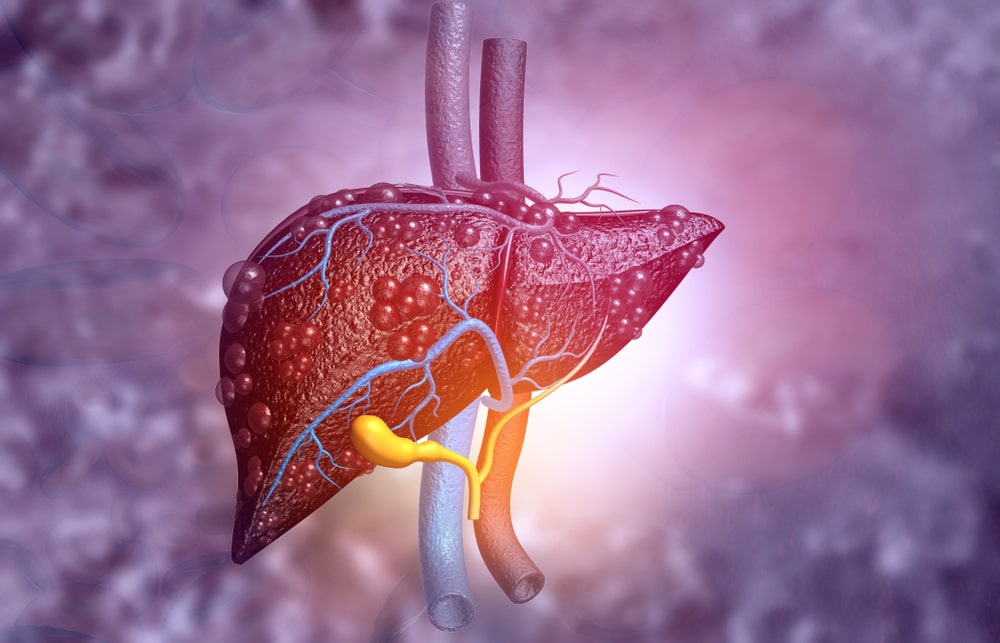
Anatomy and Function of the Liver
Anatomy and Function of the Liver: The liver is the largest gland in the body weighing around 1-2.3 kg it is situated in the upper part of the abdominal cavity below the diaphragm. The liver is completely covered by the peritoneum, and has 4 lobes namely the right lobe, left lobe, quadrate lobe, and caudate lobe.
The portal vein enters carrying the blood from the stomach, spleen, pancreas, and the small and large intestine.
The hepatic arteries carry arterial blood, the right and the left hepatic ducts leave, carrying bile from the liver to the gall bladder.

The Function of the Liver:
1. Carbohydrate metabolism:
- All monosaccharides are converted into grease in the liver.
- It actively participates in blood glucose regulation.
- The liver is a seat for Neon genesis, Glycogenesis, Glycogenolysis.
- Lactic acid, pyruvic acid, and glycerol are converted to glucose and glycogen in the liver.
- Synthesis of fats from carbohydrates also takes place in the liver.
2. Protein metabolism:
- The liver is the center for the deamination of amino acids.
- Urea and uric acid formation occur exclusively in the liver.
- Amino acids are synthesized in the liver.
- Synthesis of plasma proteins takes place in the liver.
3. Fat metabolism:
- Fats are synthesized and stored in the liver.
- Oxidation of fats by beta-oxidation takes place in the liver.
- It is the center for the formation of ketones.
4. Synthesis of Vitamins:
- Vit A and Vit D are stored in the liver.
- Synthesis of prothrombin with the help of Vit K takes place in the liver.
- Vit B12 and Folic acid are stored for haempoesis in the liver.
- Carotene is transformed into Vit A in the liver.
5. Manufacture of bile:
- Bile salts namely Sodium taurocholate and Glycocholate are synthesized in the liver from cysteine and glycine. These salts carry the bile pigments bilirubin and biliverdin which are transported from the spleen and transferred to the gall bladder.
6. Functions relating to blood:
- In fetal life, RBC is manufactured in the liver.
- Blood coagulation factors are supplied by the liver.
- The liver stores, glycogens, vitamins, fats, and minerals,
- The liver manufactures albumin, globulin, fibrinogen, and other Plasma proteins and transports them to blood plasma.
- Many drugs such as nicotine, paracetamol are metabolized by the liver with the help of microsomal enzymes.
- Heparin is synthesized from most cells of the liver and transported to blood plasma as an anticoagulant retard blood clotting.
- Reticuloendothelial cells (for cells) manufacture antibodies in the liver, they protect the body against microbial infections.
| QUESTION BANK 1) Write the anatomy and physiology of the liver. 2) Explain the function of the liver. 3) Explain the Anatomy and Function of the liver. |
Make sure you also check our other amazing Article on : Anatomy and Physiology of Stomach